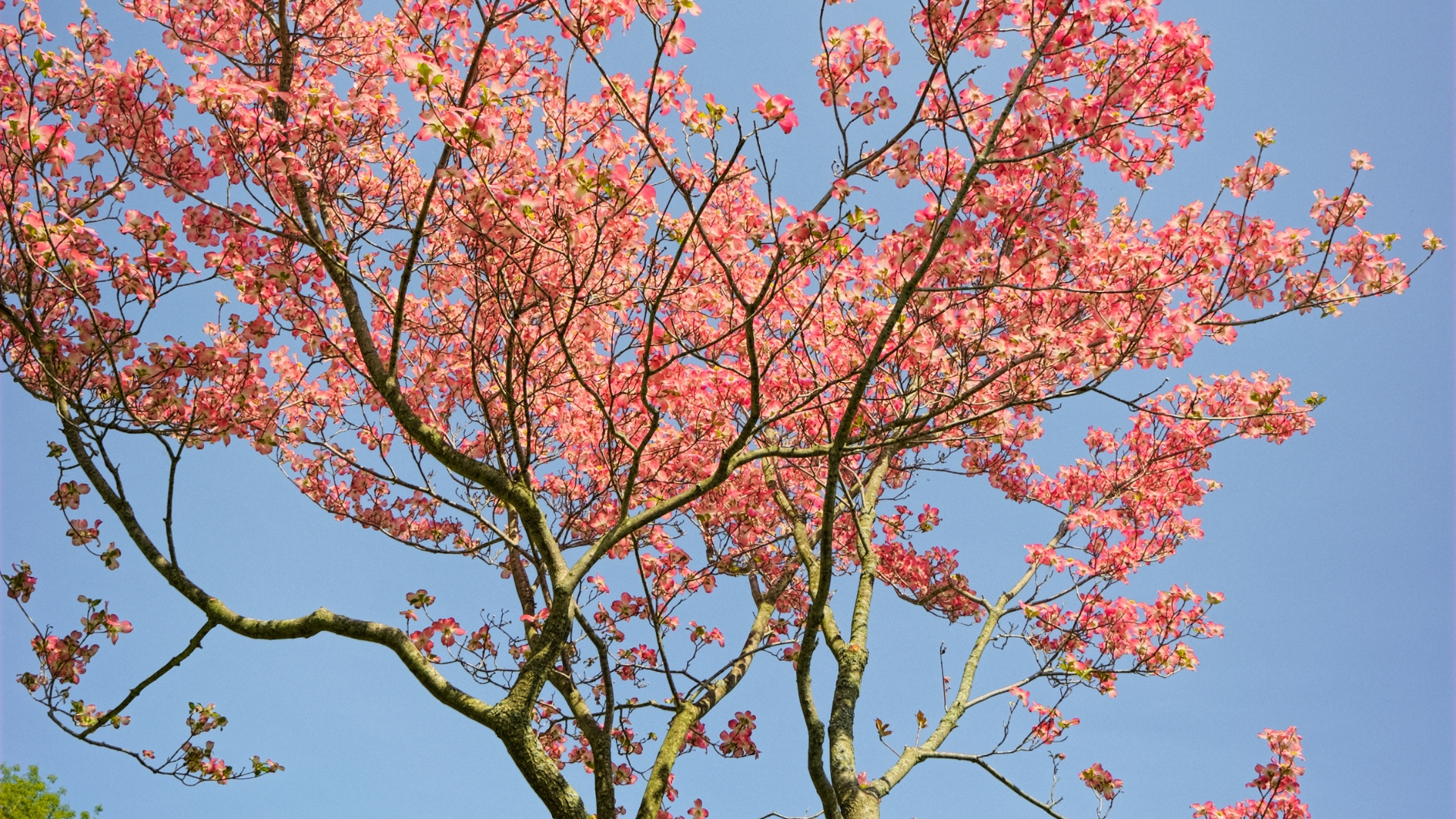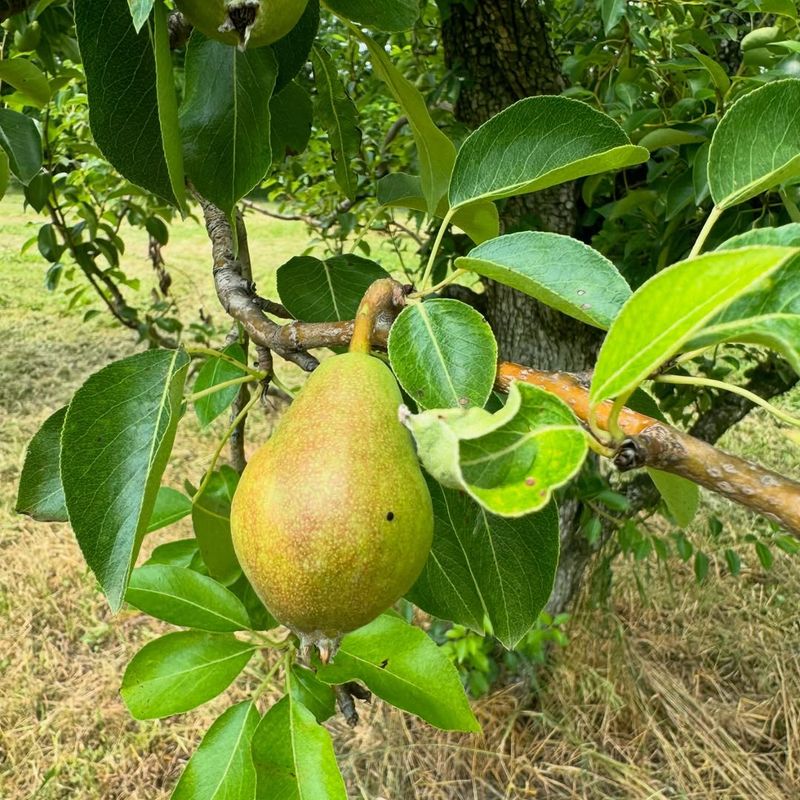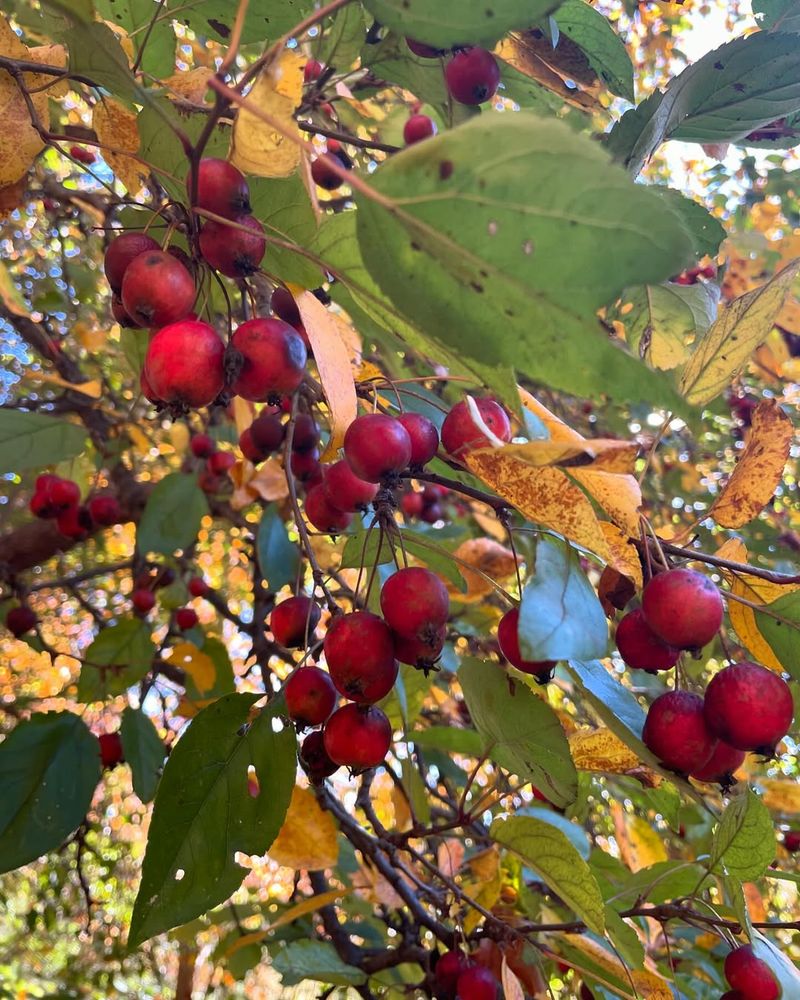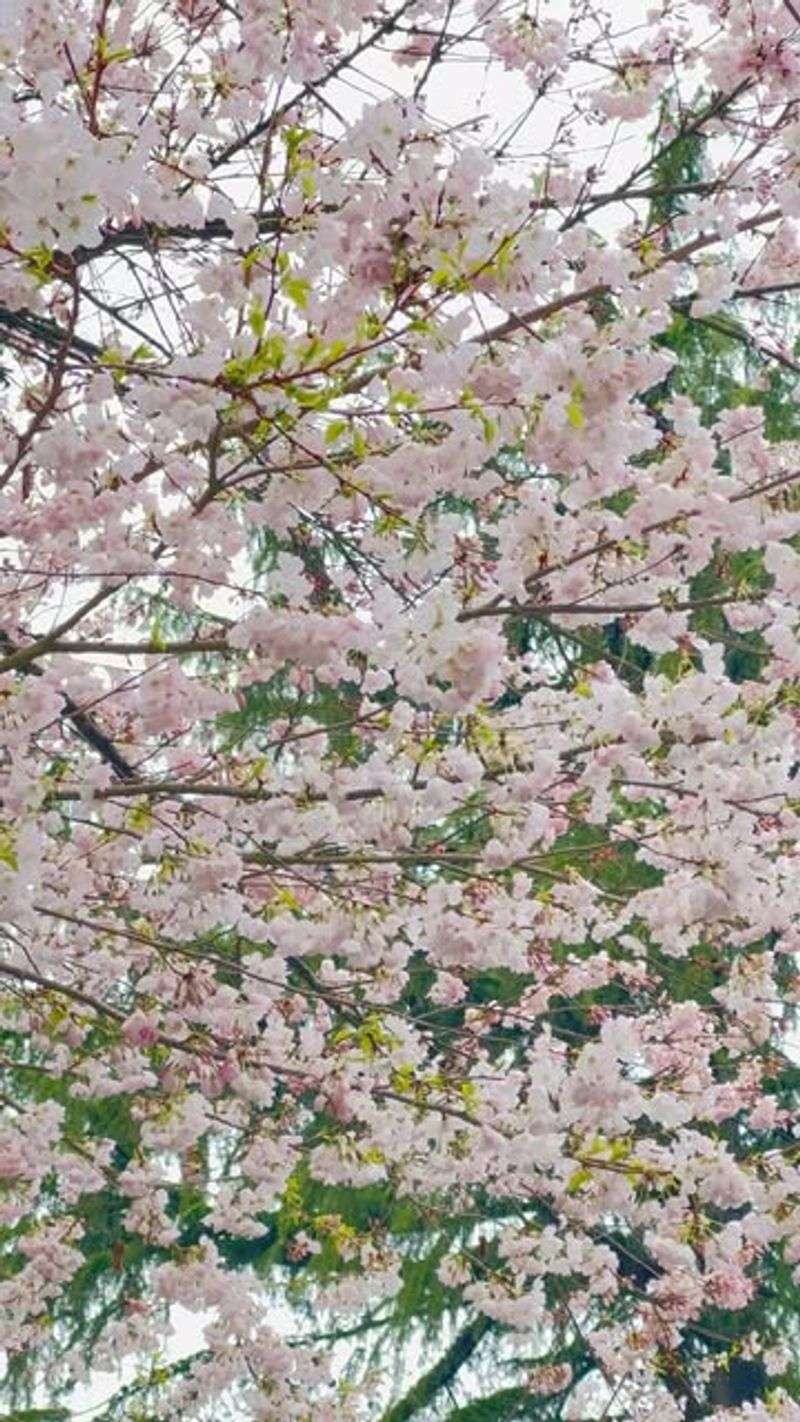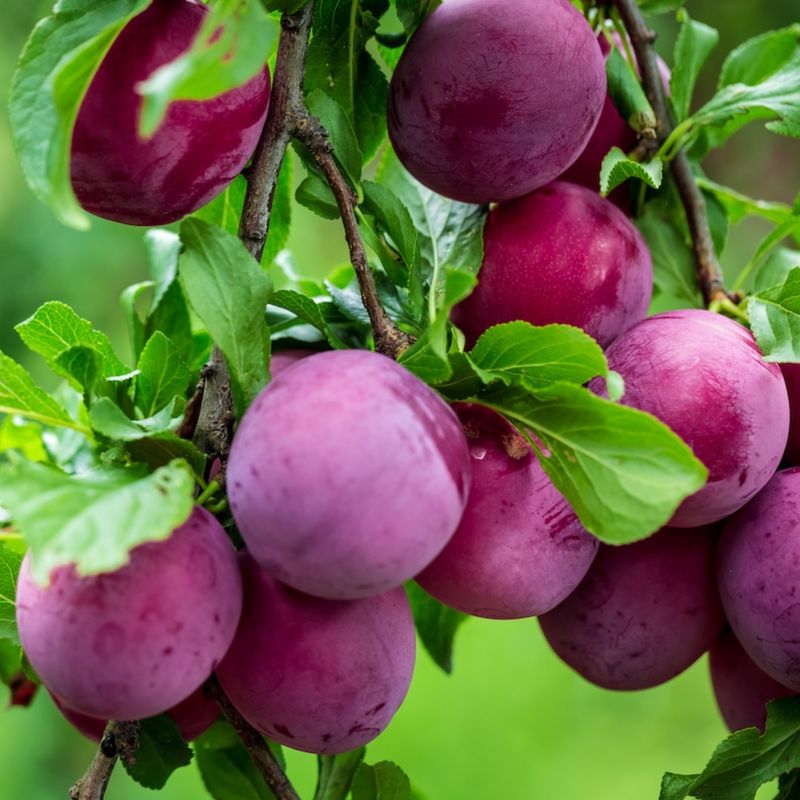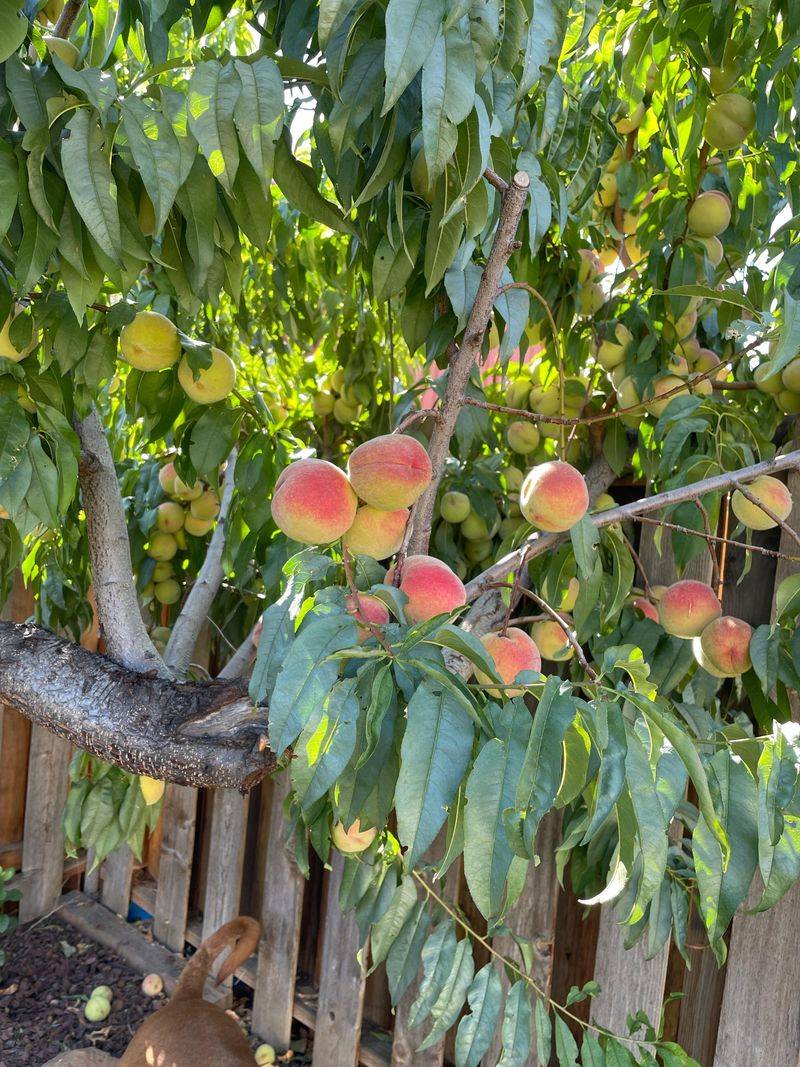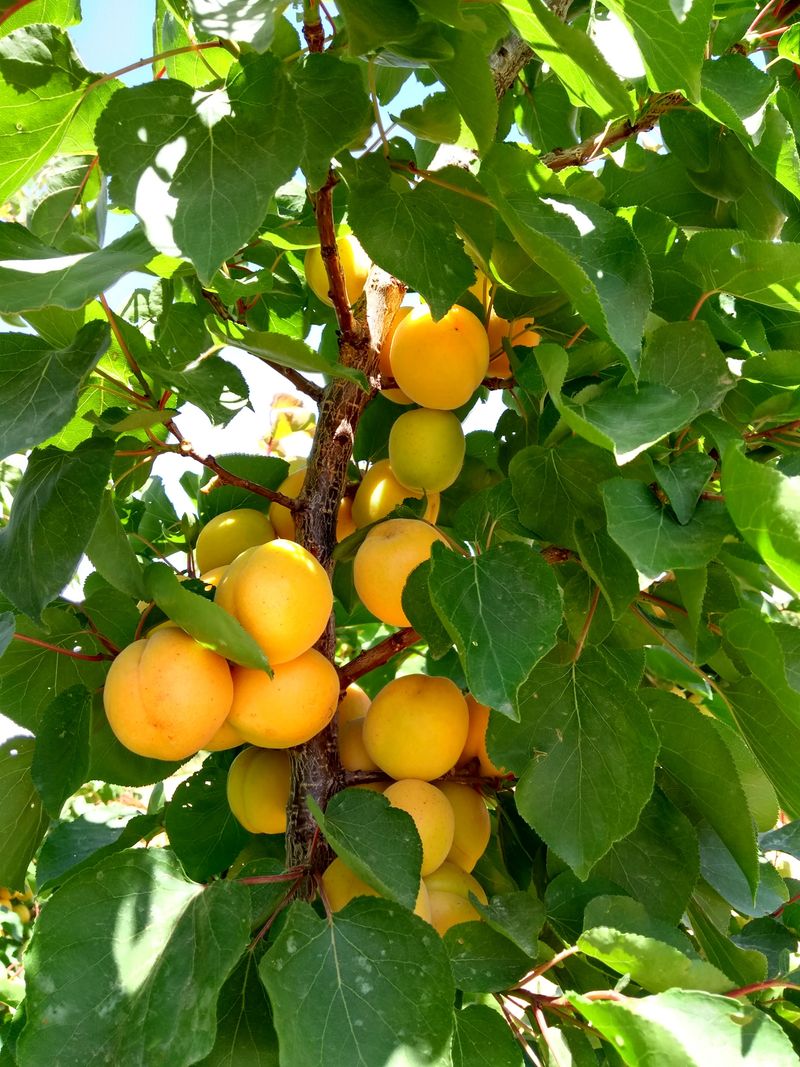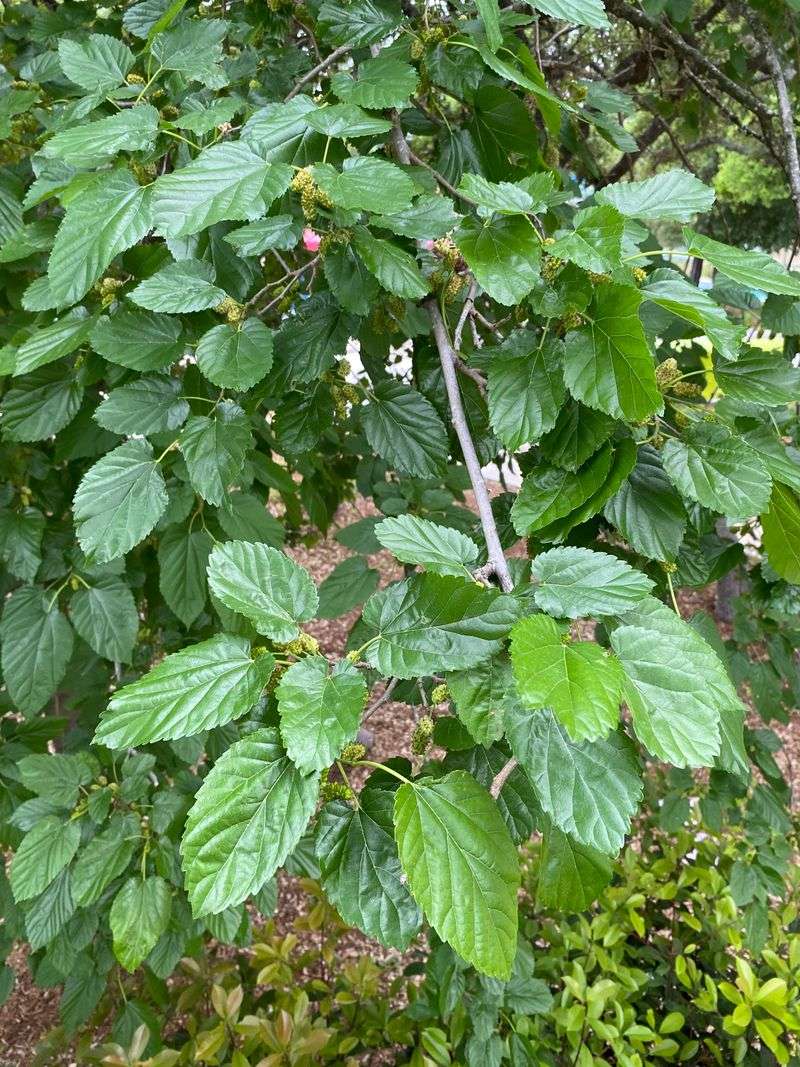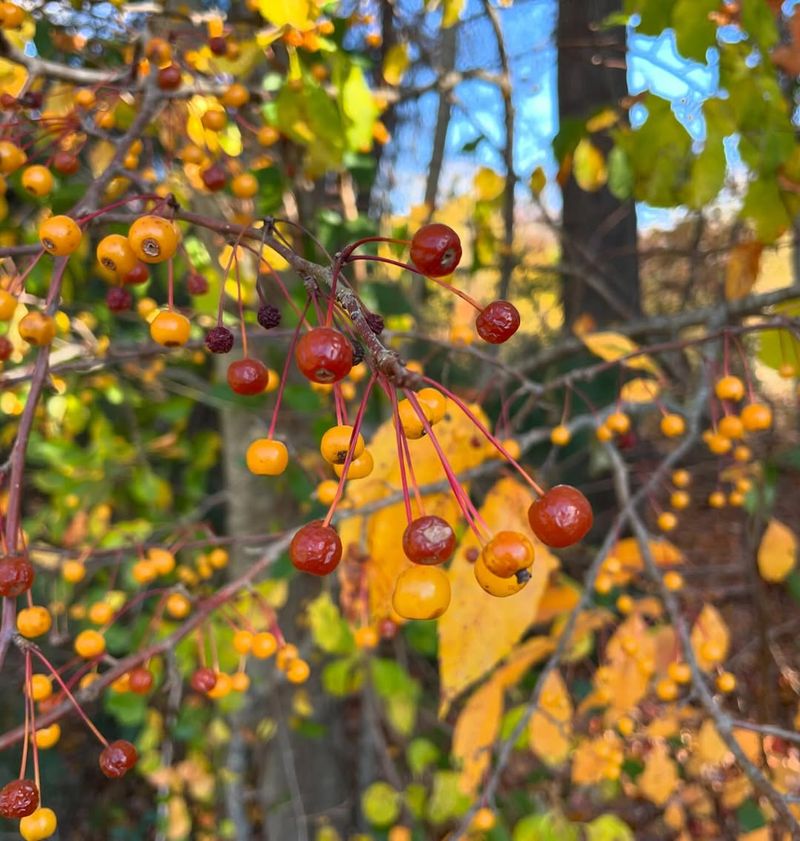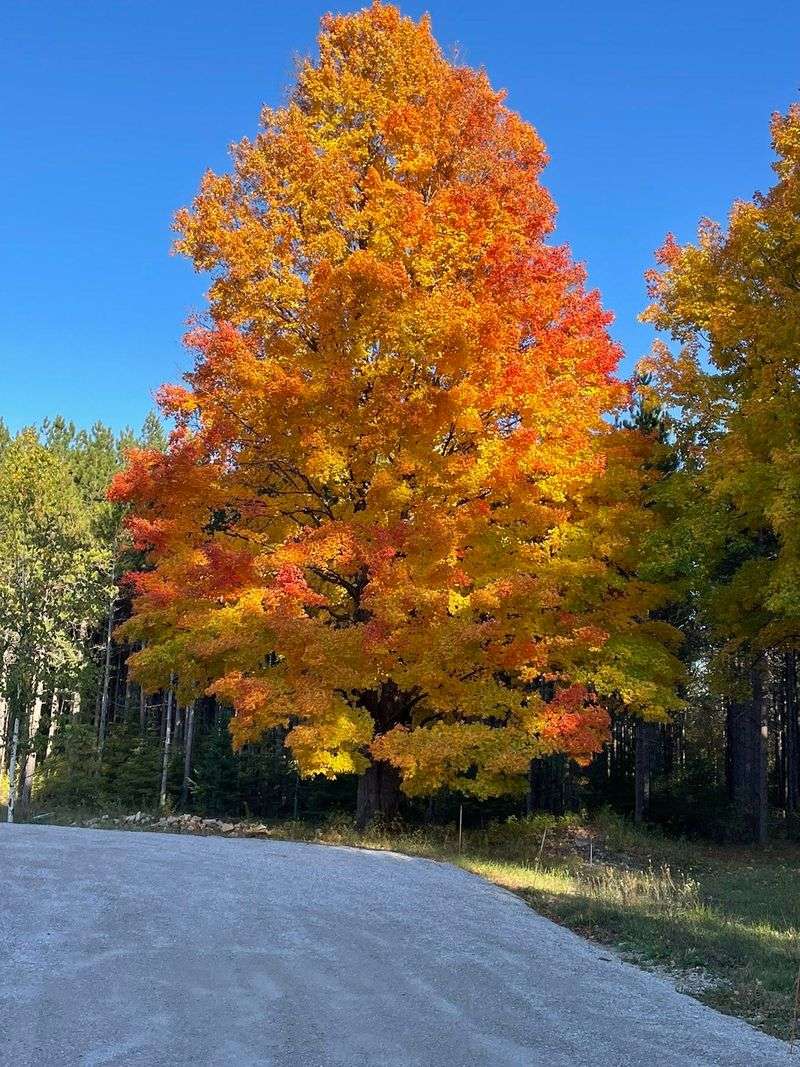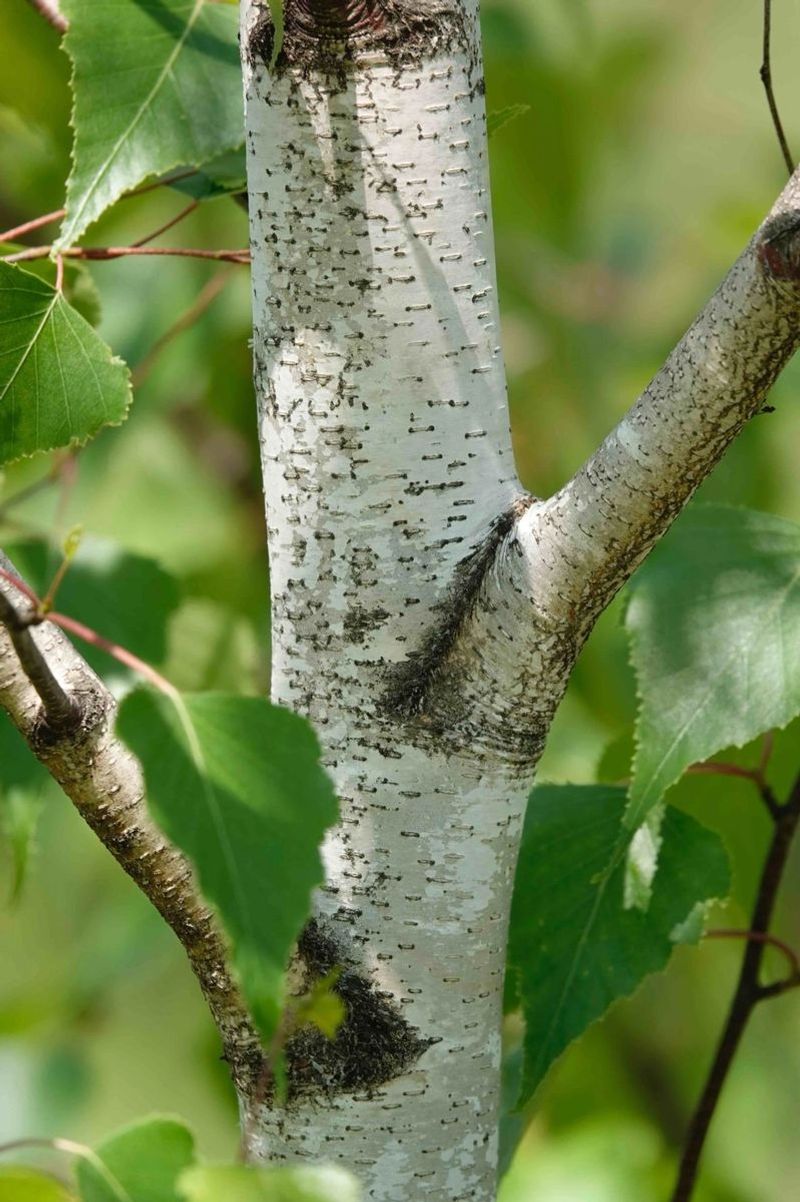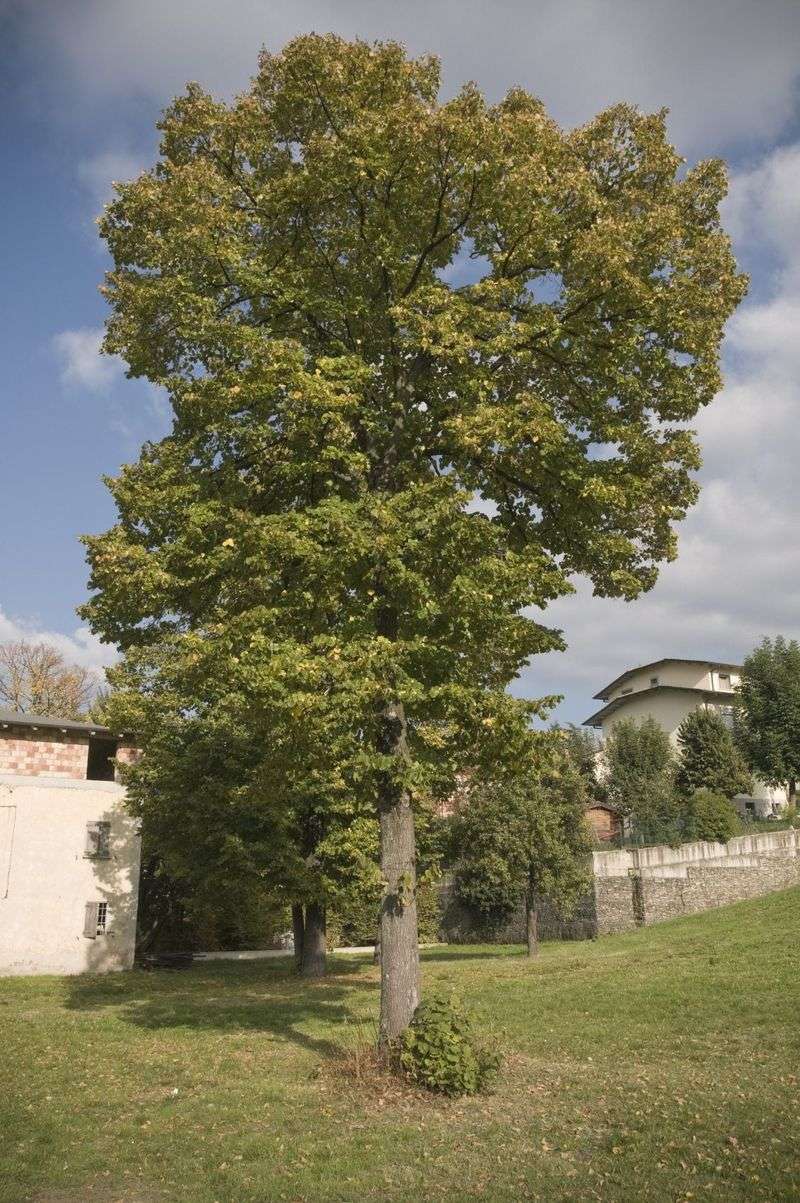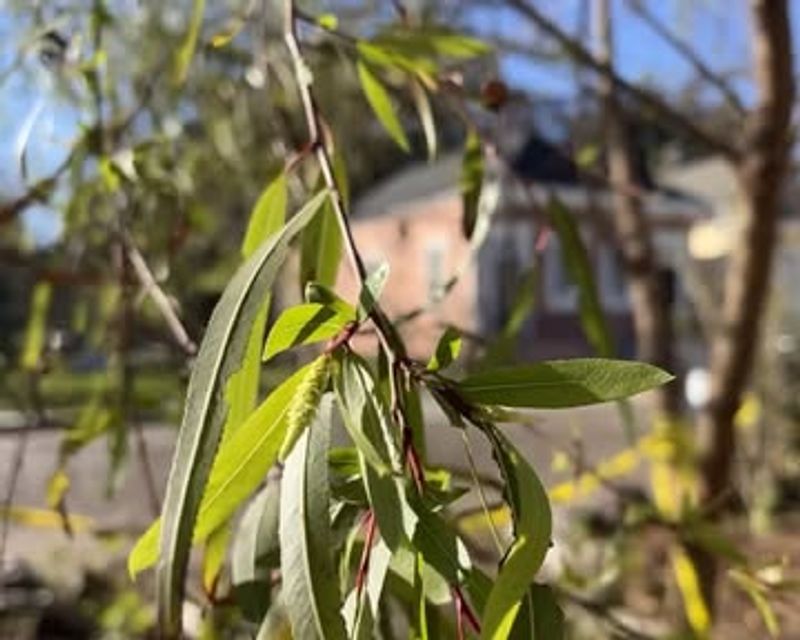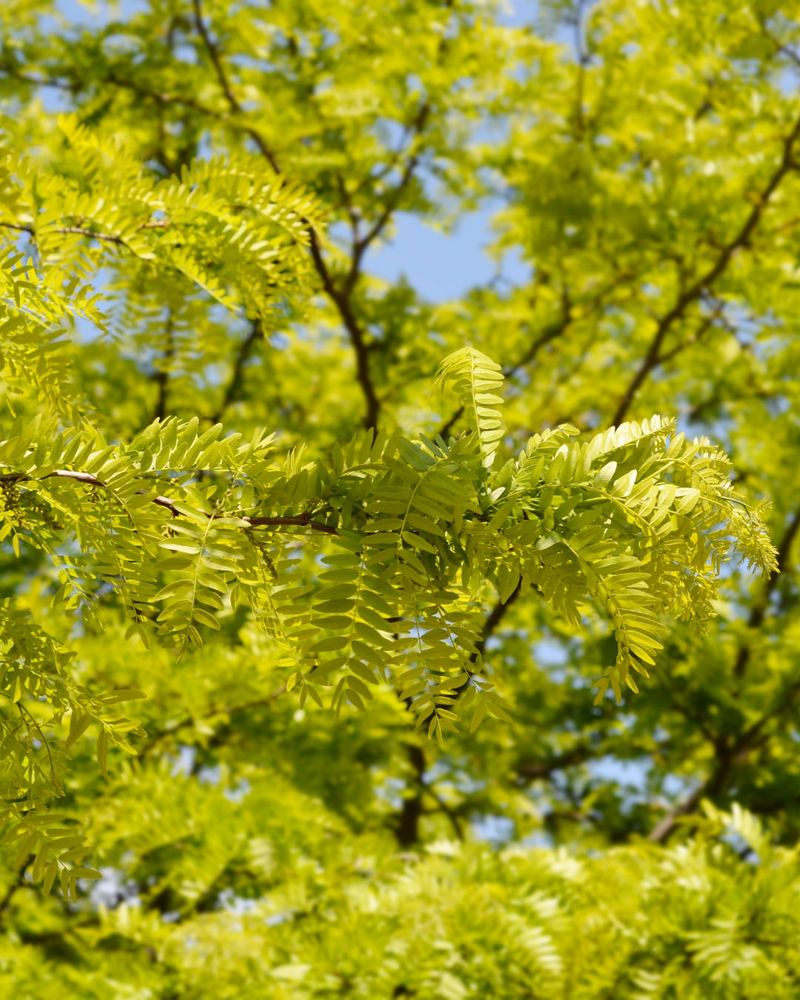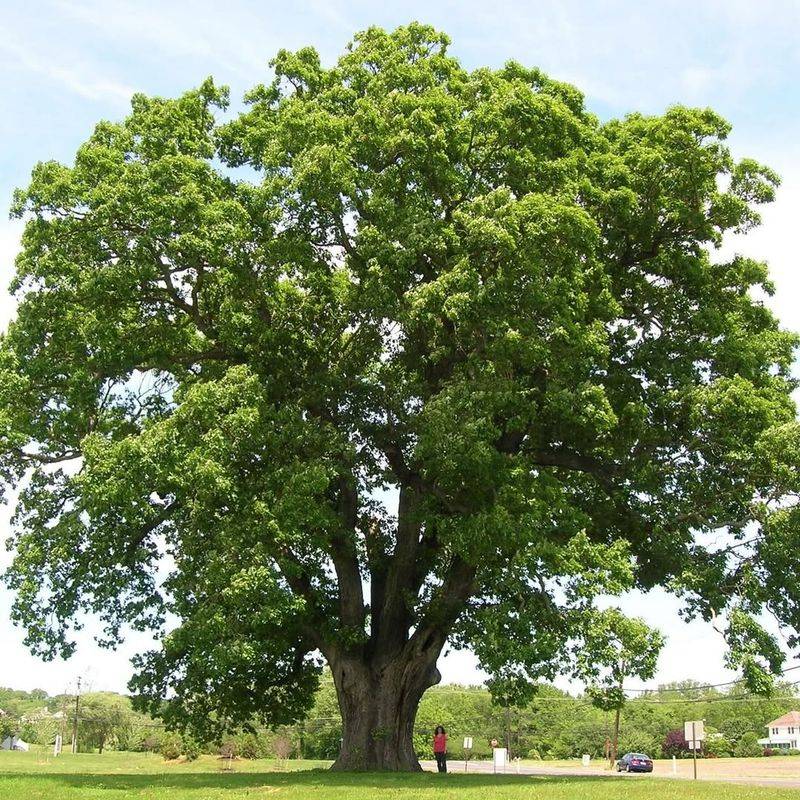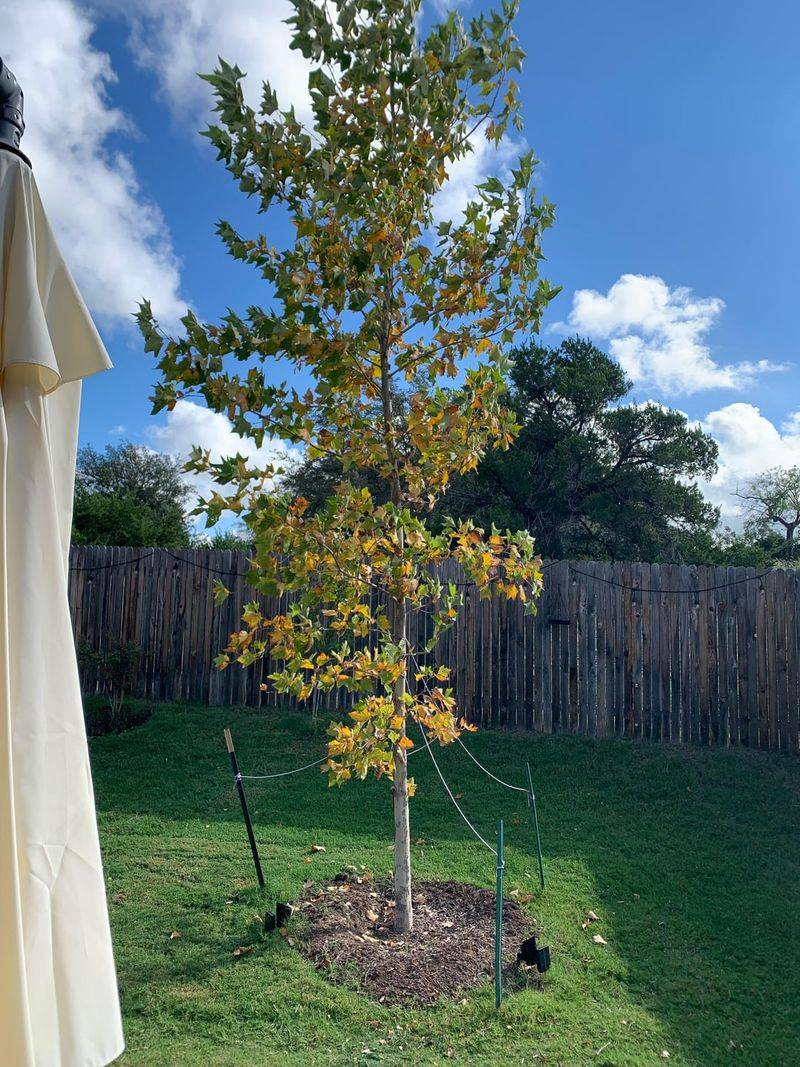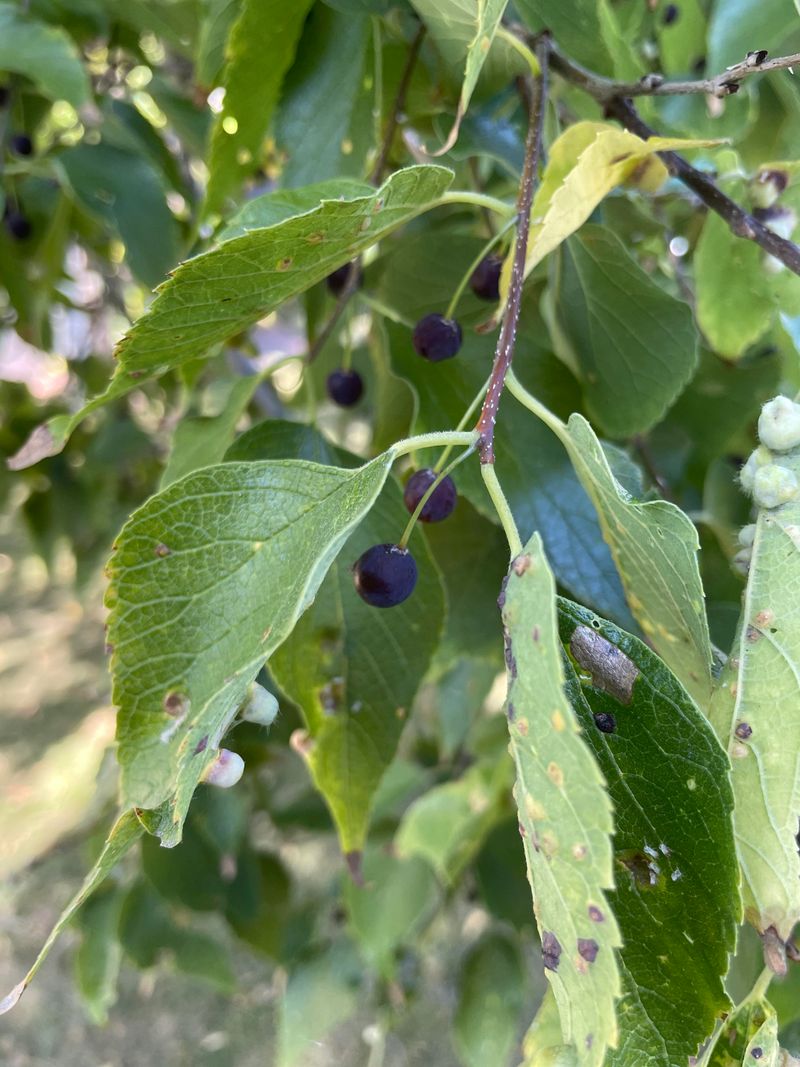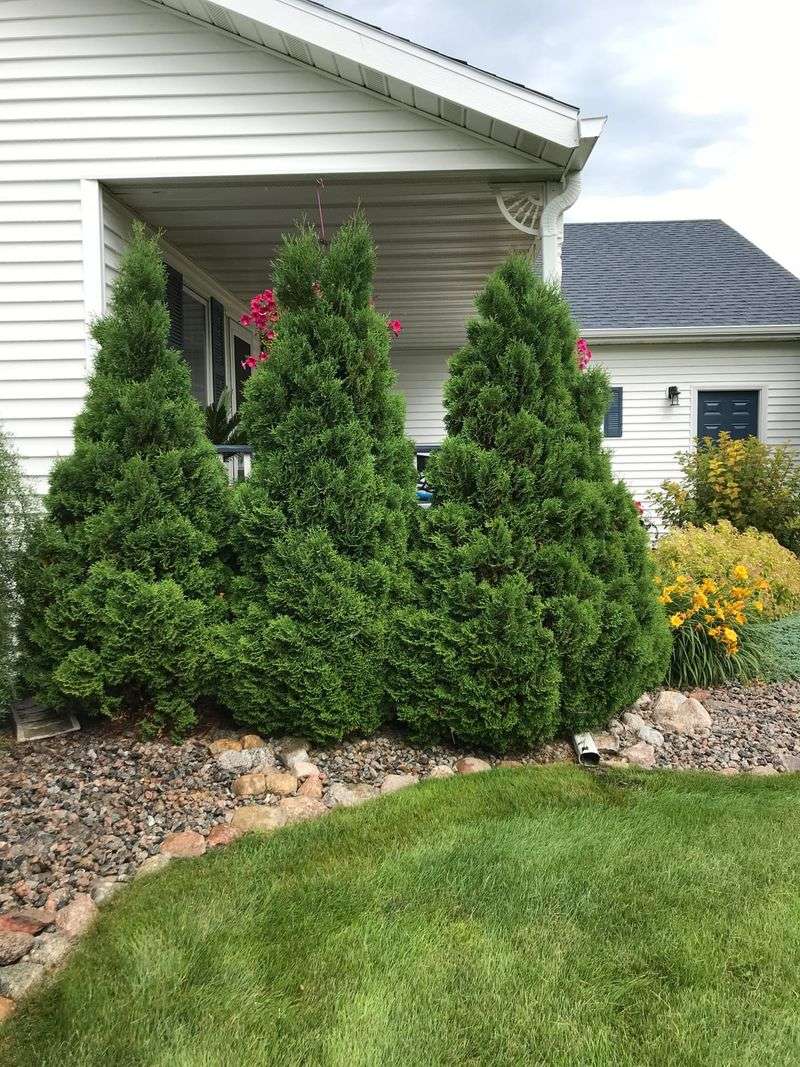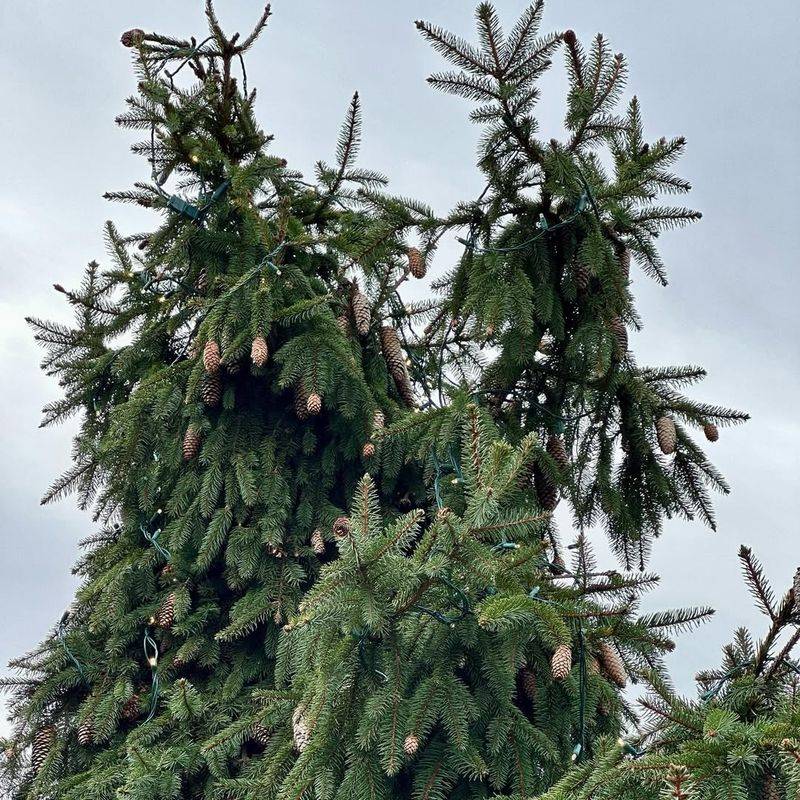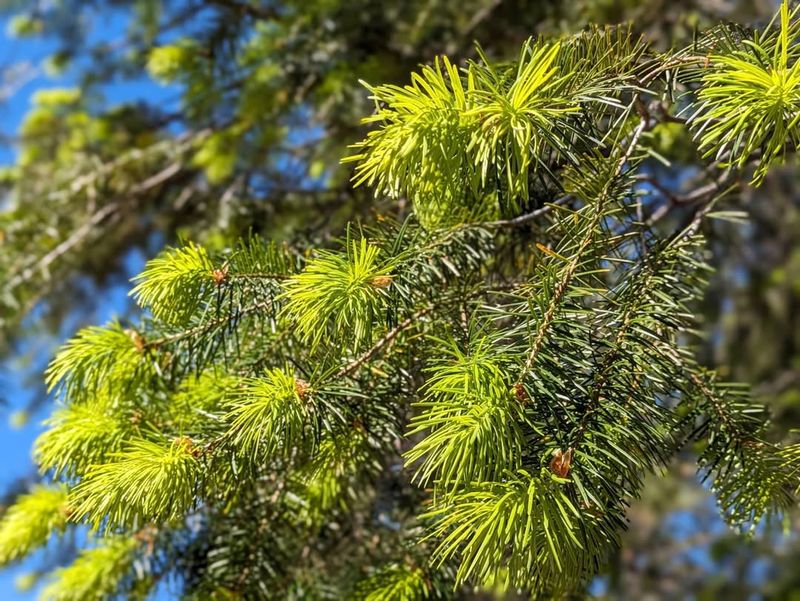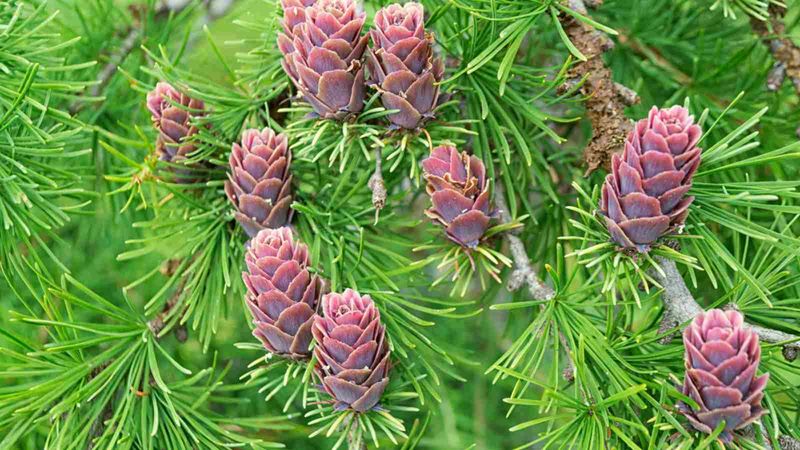April showers bring May flowers, but they also bring the perfect opportunity to grab your pruning shears and spruce up your garden. As the weather warms, trees begin their growth cycles, making it an ideal time to prune for health, shape, and productivity. Let’s explore the diverse world of trees that benefit from a little trim this month, each with its unique charm and needs. Whether you’re an experienced gardener or just starting, understanding the right trees to prune in April can make a world of difference in your garden’s vitality and appearance. Ready to enhance your green space?
1. Apple (Malus domestica)
Apple trees are among the most popular backyard fruit trees, offering beautiful blossoms and sweet rewards. They respond well to regular pruning, which boosts fruit production and keeps the tree healthy.
Prune in early to mid-April while the tree is still dormant or just breaking bud. Focus on removing dead wood, crowded branches, and opening the canopy for sunlight.
A well-pruned apple tree is both productive and picture-perfect come harvest time.
2. Pear (Pyrus communis)
Pear trees are elegant fruit bearers with upright growth and delicate spring blooms. They benefit from thoughtful pruning to reduce disease and improve air circulation.
Tackle pruning in April before the leaves fully emerge — remove water sprouts and thin overlapping branches. Aim for an open, vase-shaped structure to support strong fruiting.
Clean cuts now mean a stronger, more fruitful tree in summer.
3. Crabapple (Malus spp.)
Crabapples bring year-round interest with spring flowers, glossy leaves, and tiny ornamental fruit. They’re low-maintenance but benefit from light pruning in early April.
Remove suckers, dead wood, and any branches that cross or rub. Keep the natural form intact while improving air flow through the canopy.
A quick spring trim keeps your crabapple looking crisp and blooming strong.
4. Dogwood (Cornus spp.)
Dogwoods are beloved for their graceful shape and delicate spring blooms. These shade-tolerant trees need only light pruning to stay in top form.
Prune in early April, just before flowering — remove dead, damaged, or diseased branches and gently shape. Avoid cutting into large limbs to preserve their natural beauty.
A little spring cleanup keeps your dogwood blooming at its best.
5. Redbud (Cercis canadensis)
Redbuds brighten early spring with rosy-pink blooms that hug the branches before the leaves emerge. Their heart-shaped foliage and graceful form make them garden favorites.
April is a great time to prune just after flowering, removing any winter damage or awkward growth. Keep the structure open and airy to highlight the blooms next year.
A light trim goes a long way in keeping redbuds charming and healthy.
6. Cherry (Prunus spp.)
Cherry trees offer both stunning spring blossoms and juicy summer fruit. But they can be prone to disease if not pruned properly.
April is a good time to remove dead or crowded branches — just after bloom and before new growth takes off. Aim for an open structure with good airflow between limbs.
A tidy cherry tree means healthier harvests and fewer fungal issues.
7. Plum (Prunus domestica)
Plums reward you with sweet, tangy fruit and lovely spring flowers. Pruning in April helps balance their natural vigor while encouraging better fruit size.
Cut away dead wood, suckers, and any vertical shoots that block light. Focus on shaping a balanced, open canopy.
Regular spring trimming leads to tastier, more manageable harvests.
8. Peach (Prunus persica)
Peach trees grow fast and benefit from annual shaping to stay productive. April is prime time — just as buds swell — to encourage strong fruiting wood.
Remove old, unproductive branches and train newer ones into an open vase shape. Don’t be afraid to prune boldly; peaches thrive on fresh growth.
This yearly refresh keeps your peaches juicy, sweet, and easy to reach.
9. Apricot (Prunus armeniaca)
Apricots are early bloomers and should be pruned with care in early to mid-April. They need good airflow to prevent common fungal issues.
Trim back any water sprouts, overlapping limbs, or winter damage. Keep the canopy loose and balanced to let light reach ripening fruit.
10. Mulberry (Morus spp.)
Mulberry trees are tough, fast growers with sweet berries that birds (and humans) adore. Without pruning, they can become wild and unwieldy.
In April, shape younger trees and remove crowded branches from mature ones. Clear out weak growth to promote better structure and easier fruit picking.
A spring trim helps keep mulberries manageable and productive.
11. Serviceberry (Amelanchier spp.)
Serviceberries are multi-season charmers with early flowers, summer berries, and brilliant fall color. They respond well to light pruning in early to mid-April.
Focus on removing suckers, weak or crossing branches, and any winter dieback. Keep the natural, upright form and open the center slightly for airflow.
A little spring shaping makes your serviceberry bloom better and stay beautiful year-round.
12. Hawthorn (Crataegus spp.)
Hawthorn trees are hardy and full of character, offering spring flowers and fall fruit. Their dense, thorny growth can benefit from strategic thinning in April.
Remove any dead wood and thin out crowded interior branches to reduce disease risk. Be mindful of thorns and wear gloves when pruning.
An airy, well-pruned hawthorn looks neater and stays healthier throughout the season.
13. Maple (Acer spp. – after sap flow ends)
Maples are classic shade trees with stunning autumn foliage. Since they bleed sap heavily in early spring, it’s best to wait until mid-to-late April to prune.
Focus on removing damaged limbs, weak branch unions, and any rubbing limbs. Avoid heavy cuts to minimize stress and preserve the tree’s shape.
Late-April pruning lets you tidy up without triggering a sap flood.
14. Birch (Betula spp. – early April only)
Birch trees bring lightness to the landscape with their delicate foliage and white bark. But they’re sensitive to sap loss, so early April is your narrow pruning window.
Snip off winter-damaged limbs or lightly shape young trees before active growth begins. Avoid late cuts, which can cause sap bleeding.
Catch them just right and they’ll grow strong without stress.
15. Poplar (Populus spp.)
Poplars grow fast and tall but need regular maintenance to avoid becoming brittle or overcrowded. Spring is a great time to manage their structure.
Prune in April to remove weak limbs, suckers, or branches prone to splitting. Focus on strengthening the central leader and keeping side branches balanced.
A well-pruned poplar grows tall without growing troublesome.
16. Willow (Salix spp.)
Willows grow fast and wild, but pruning keeps their graceful shape under control. They’re best trimmed in April before full leaf-out, when you can see the structure clearly.
Remove any dead, broken, or overly long branches, especially those that may drag or dip too low. Thin the crown just enough to keep the canopy light and airy.
An annual spring shaping keeps willows looking elegant instead of unruly.
17. Honeylocust (Gleditsia triacanthos)
Honeylocust trees have delicate, ferny foliage and benefit from strategic pruning in early spring. April is ideal for shaping and thinning before growth kicks in.
Focus on removing crossed branches, water sprouts, and any weak angles. Maintain a strong central leader and an even branch pattern.
With good structure early on, honeylocust trees age gracefully and beautifully.
18. Elm (Ulmus spp.)
Elms are stately, vase-shaped trees that need pruning to maintain their classic form and health. April is a good time to trim before leaves obscure visibility.
Cut back suckers and thin out interior branches to allow light and air to circulate. Sanitize your tools to prevent Dutch elm disease if pruning American varieties.
Smart spring cuts help preserve this tree’s beauty and longevity.
19. Sycamore (Platanus spp.)
Sycamores offer big shade, bold leaves, and patchy bark that stands out in any yard. But they’re prone to deadwood and leaf drop without maintenance.
April is perfect for removing broken branches and clearing out congested areas. Avoid topping — instead, lift or thin the crown to enhance airflow and form.
Annual cleanups help sycamores stay healthy and handsome.
20. Hackberry (Celtis occidentalis)
Hackberries are hardy urban survivors but tend to grow with a mess of suckers and crossing limbs. Prune in April to guide their natural shape and improve airflow.
Remove weak wood, suckers at the base, and any branches that clutter the canopy. Train young trees early to avoid long-term structural problems.
21. Arborvitae (Thuja spp.)
Arborvitae are evergreen workhorses, often used for hedging and privacy screens. A gentle spring trim in April helps maintain shape and density.
Avoid cutting back into old wood — stick to the green, newer growth for best results. Snip stray branches to maintain symmetry and air flow.
Light shaping now keeps arborvitae lush and structured through the seasons.
22. Spruce (Picea spp.)
Spruce trees are naturally conical and don’t need much pruning, but early spring is the time to tidy them up. Use April to remove dead, diseased, or misshapen branches.
Avoid cutting into the central leader and never top a spruce. Clean cuts encourage even growth without disrupting the tree’s classic silhouette.
23. Fir (Abies spp.)
Fir trees offer soft needles and that perfect holiday-tree shape. They don’t require heavy pruning, but spring is the right time to make minor corrections.
Trim back any broken limbs or branches that crowd the interior of the tree. Preserve the central leader and trim sparingly for balance.
24. Pine (Pinus spp.)
Pines are low-maintenance but benefit from selective pruning to manage shape and size. April is a great time to remove dead wood and any crossing branches.
Avoid shearing — instead, pinch back new “candles” to control growth without damaging the form. This gentle technique keeps the tree natural and neat.
Smart spring pinching keeps your pine tree dense and manageable.
25. Larch (Larix spp.)
Larch is a unique deciduous conifer, dropping its needles in fall and budding out fresh each spring. Use April to prune for form before new needles fully emerge.
Trim off deadwood, weak interior branches, or awkward growth to shape the tree. Larch responds well to thinning, as long as the cuts are clean.
Spring pruning brings out the soft, feathery texture that makes this tree so special.

